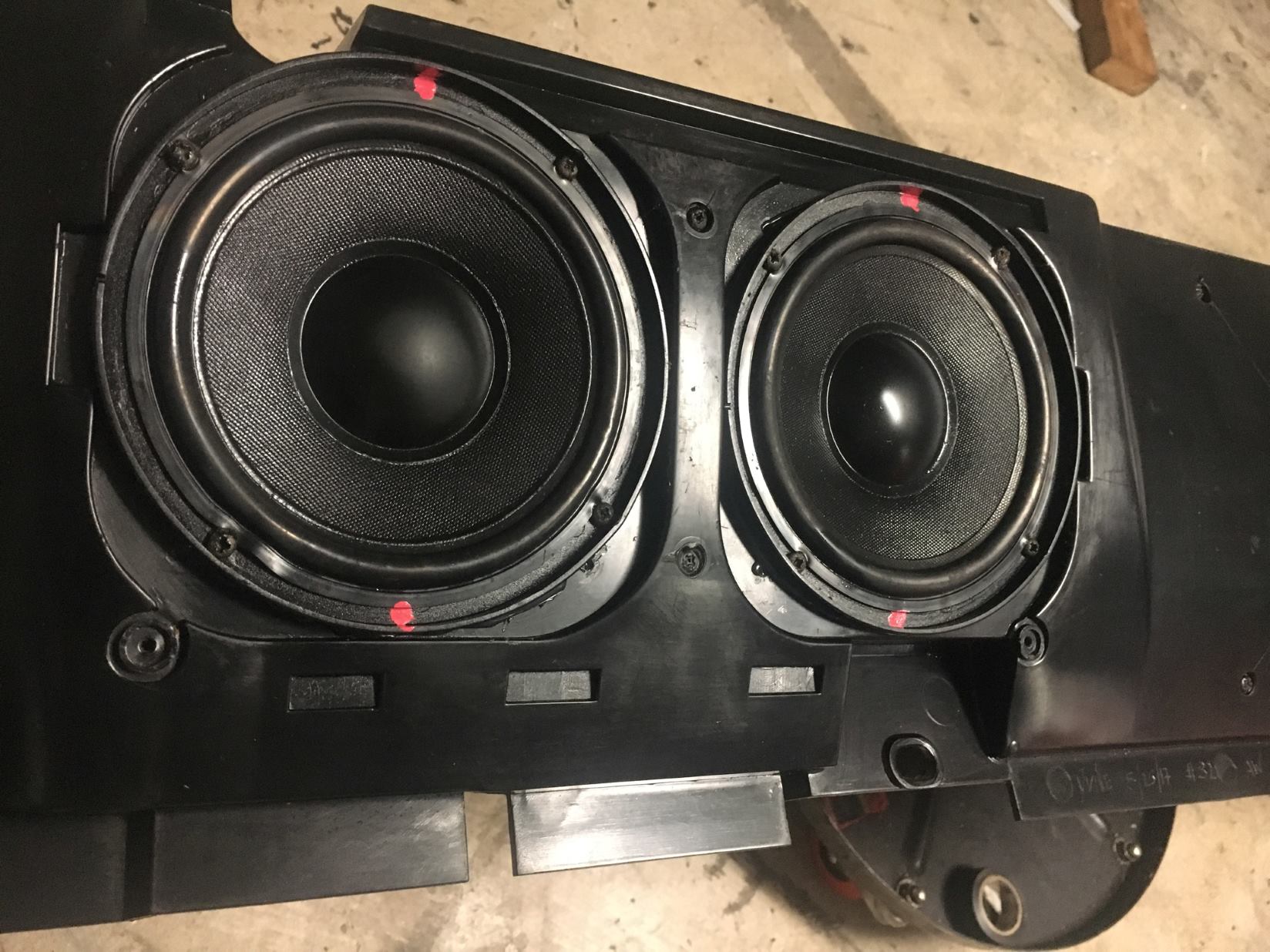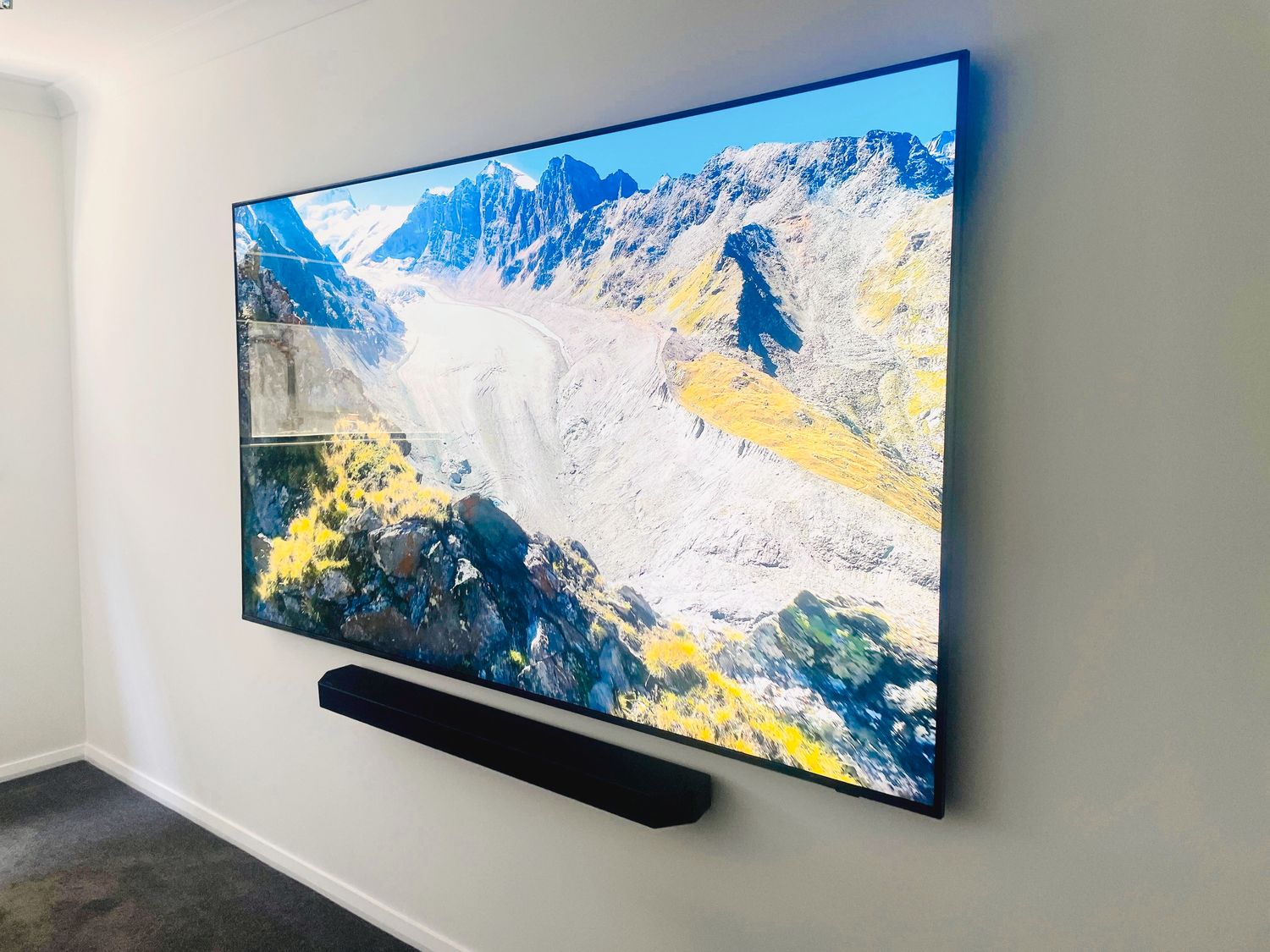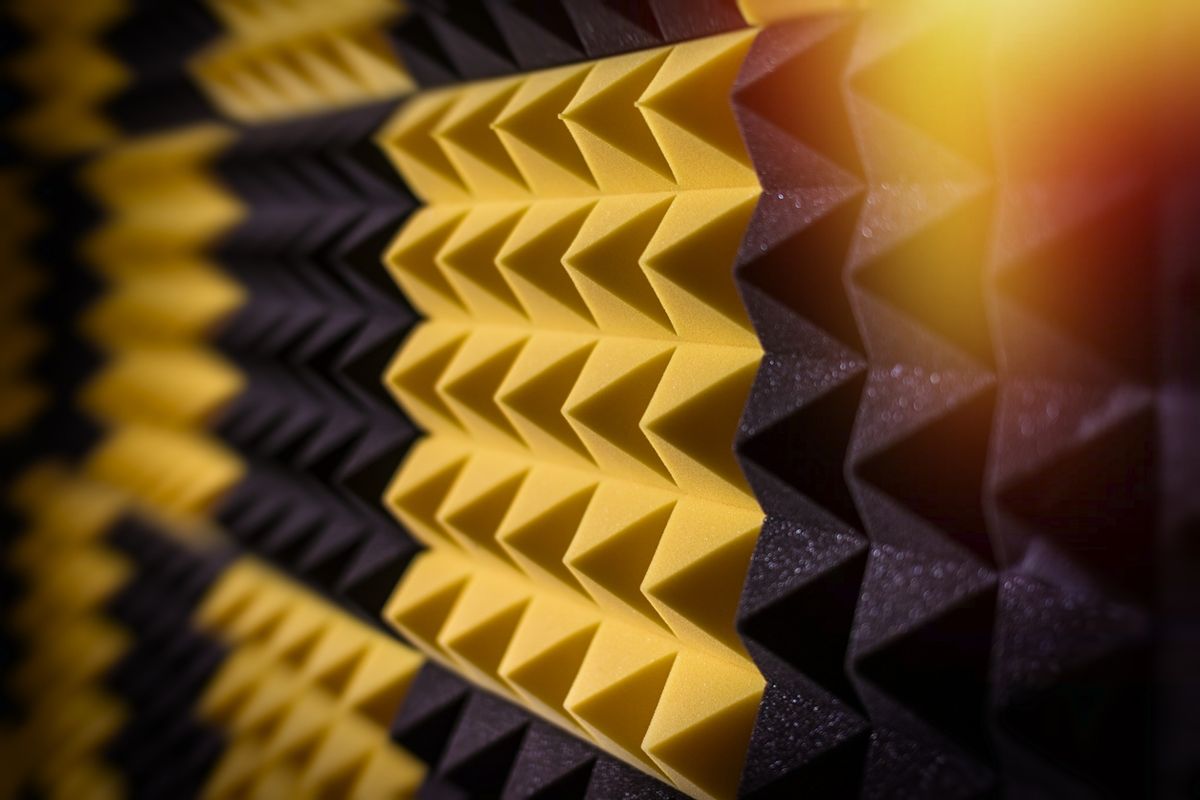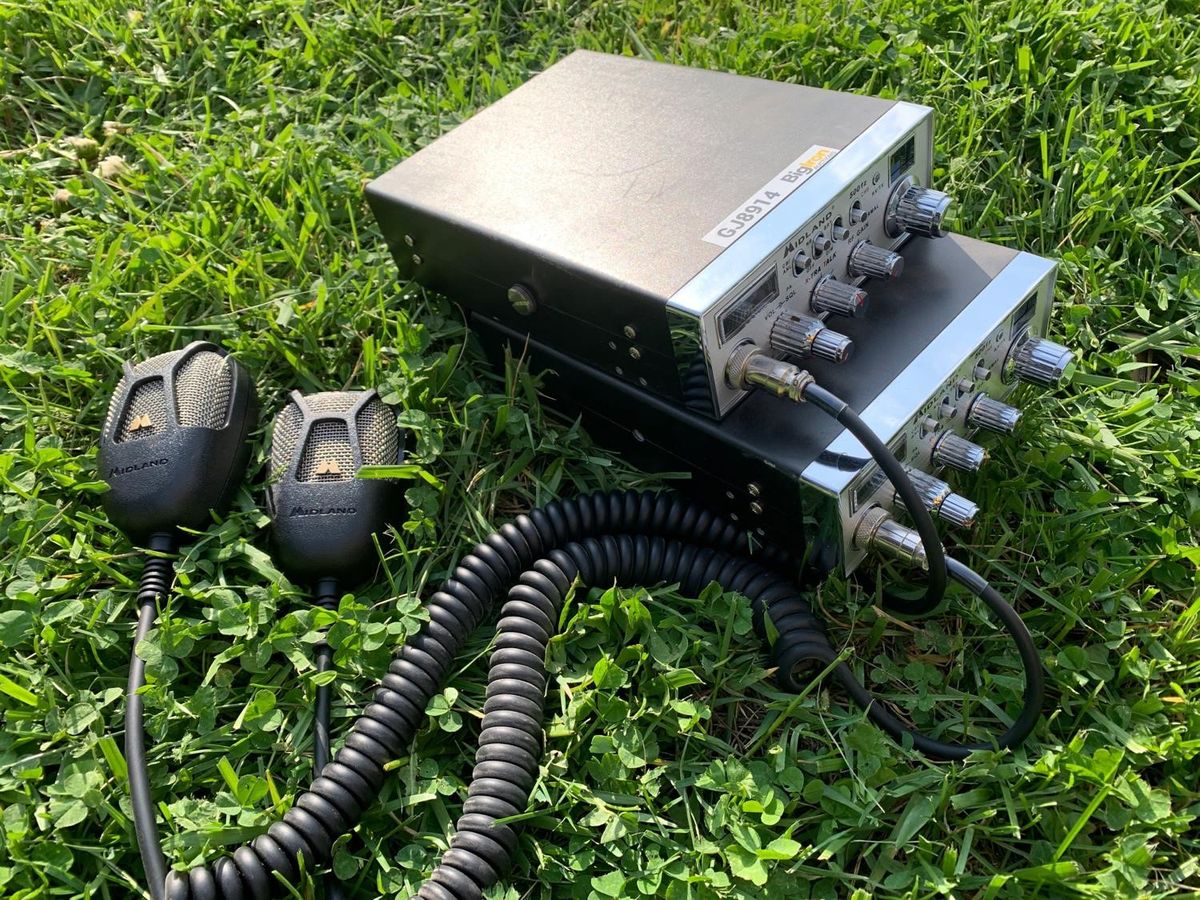Home>Devices & Equipment>Subwoofer>How Far Should A Subwoofer Be From The Wall
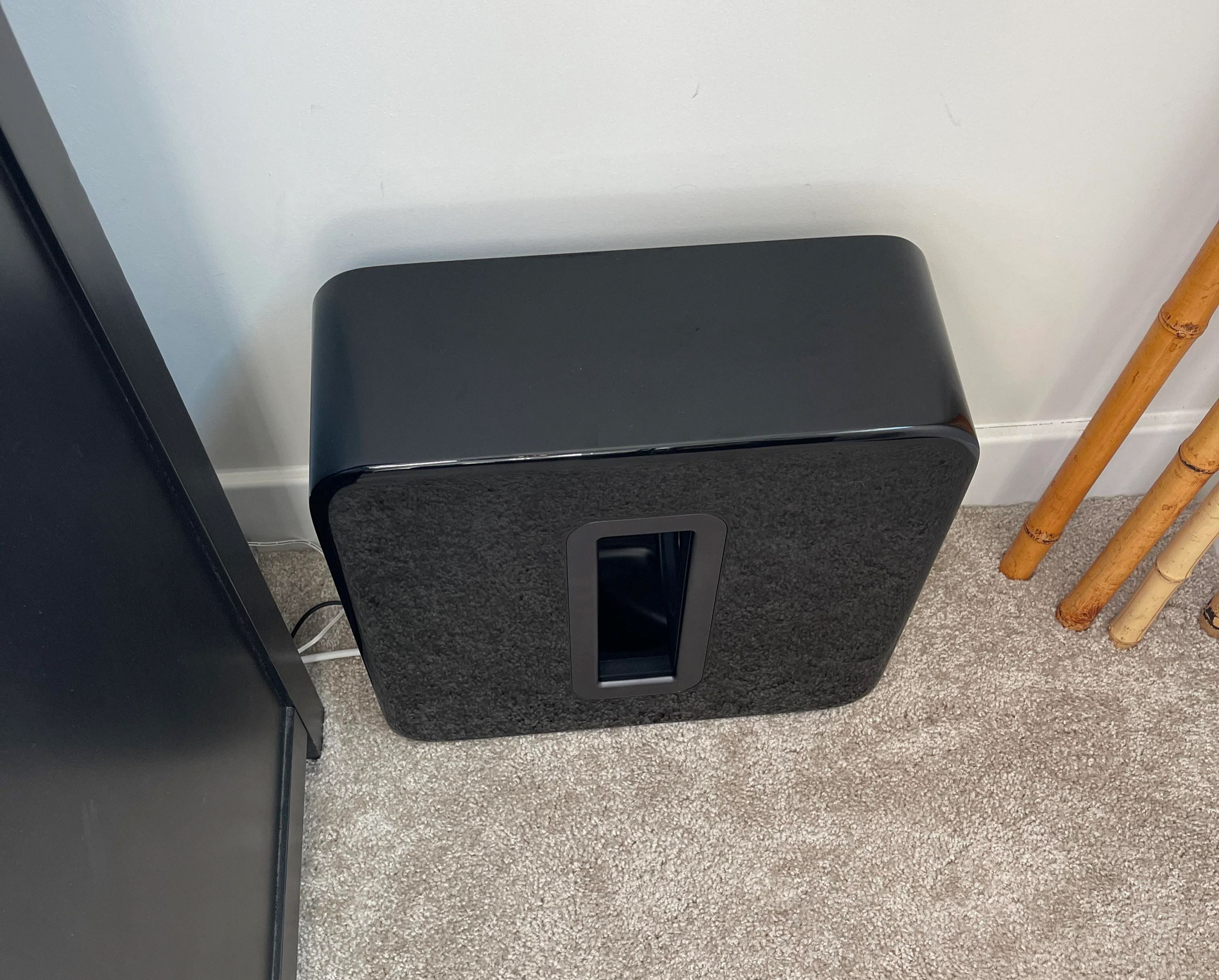

Subwoofer
How Far Should A Subwoofer Be From The Wall
Modified: January 22, 2024
Discover the optimal placement for your subwoofer and find out how far it should be positioned from the wall for the best sound quality.
(Many of the links in this article redirect to a specific reviewed product. Your purchase of these products through affiliate links helps to generate commission for AudioLover.com, at no extra cost. Learn more)
Table of Contents
Introduction
Subwoofers are an essential component of any audio system, providing the low-frequency extension and impact that adds depth and richness to music, movies, and games. However, to truly enjoy the immersive bass experience, proper subwoofer placement is crucial.
When setting up a subwoofer, one question that often arises is how far should a subwoofer be from the wall? The distance between a subwoofer and the wall can significantly impact its performance and the overall sound quality it produces.
In this article, we will explore the factors to consider when placing a subwoofer, the recommended distance between a subwoofer and the wall, and the effects of different distances on subwoofer performance. Additionally, we will provide placement options for subwoofers in various room sizes and offer tips on optimizing subwoofer placement for the best audio experience.
Whether you are a casual music listener or a die-hard audiophile, understanding the importance of proper subwoofer placement will allow you to unleash the full potential of your audio system and enjoy a truly immersive sound experience.
Factors to Consider When Placing a Subwoofer
When it comes to subwoofer placement, there are several key factors to consider. These factors can greatly impact the performance and sound quality of your subwoofer. Here are some important considerations:
- Room Acoustics: The acoustics of your room play a significant role in how your subwoofer performs. Factors such as room size, shape, and furniture placement can affect the way sound waves interact with the walls, floors, and other objects in the room.
- Listening Position: The placement of your listening position is also crucial. The distance between your listening position and the subwoofer will affect how the bass frequencies are perceived. Experiment with different listening positions to find the sweet spot where the bass response is optimized.
- Subwoofer Design: The design of your subwoofer can also influence its optimal placement. Some subwoofers are front-firing, meaning the driver is facing forward, while others are down-firing or side-firing. Each design has its own recommended placement guidelines to achieve the best sound output.
- Room Layout: The layout of your room will determine the available placement options for your subwoofer. Consider the position of your other speakers, furniture, and any potential obstacles that may obstruct the sound waves.
- Neighbor Considerations: If you live in an apartment or have close neighbors, you need to be mindful of the bass vibrations that can travel through walls and floors. Placing your subwoofer away from shared walls can help minimize disturbances to others.
- Personal Preference: Ultimately, your personal preference and listening habits should also be taken into account. Some individuals prefer a more subtle and balanced bass response, while others enjoy a more powerful and impactful bass output.
By considering these factors, you can make informed decisions about where to place your subwoofer in order to achieve optimal sound quality and maximize your listening enjoyment.
Recommended Distance Between Subwoofer and Wall
The ideal distance between a subwoofer and the wall will depend on several factors, including the specific model of the subwoofer, room acoustics, and personal preference. However, there are some general guidelines to consider when determining the recommended distance:
- Front-Firing Subwoofers: For front-firing subwoofers, it is generally recommended to place them at least a few inches away from the wall. This allows the bass frequencies to radiate freely and prevents excessive bass buildup and muddiness that can result from placing the subwoofer too close to the wall.
- Down-Firing or Side-Firing Subwoofers: Down-firing or side-firing subwoofers have different placement requirements. These subwoofers typically require more space between the unit and the floor or walls to allow for proper dispersion of sound waves. A recommended distance of around 6-12 inches is often suggested.
- Bass Reflex Subwoofers: Bass reflex subwoofers, which have ports or passive radiators that enhance bass response, may require additional consideration. Placing the subwoofer too close to the wall can result in excessive bass reinforcement, making the low-end sound boomy and less defined. Generally, a distance of 1-2 feet is recommended to allow for proper airflow and prevent unwanted resonance.
It is important to note that these recommendations serve as guidelines, and it may be necessary to adjust the distance based on the specific characteristics of your subwoofer and your room. Experimentation and careful listening can help you find the sweet spot that delivers the best bass performance for your particular setup.
Additionally, keep in mind that the distance between the subwoofer and the wall should be consistent on both sides if you have a stereo or multi-channel audio system. This helps maintain a balanced soundstage and ensures consistent bass response throughout the listening area.
By following the recommended distance guidelines, you can optimize the performance of your subwoofer and achieve a more balanced and accurate bass reproduction, enhancing your overall audio experience.
Effects of Different Distances on Subwoofer Performance
The distance between a subwoofer and the wall can have a significant impact on its performance and the overall sound quality it produces. Here are the effects of different distances on subwoofer performance:
- Bass Response: Placing a subwoofer too close to a wall can result in excessive bass reinforcement. This can lead to a boomy or muddy bass response, where the low-end frequencies overpower and blur the rest of the audio spectrum. On the other hand, positioning the subwoofer further away from the wall allows for more balanced bass reproduction, with clearer and more defined low frequencies.
- Bass Extension: When a subwoofer is positioned closer to a wall, it can benefit from the boundary effect. This effect causes the subwoofer to produce additional low-frequency energy due to the reinforcement from the nearby wall. This results in enhanced bass extension, allowing the subwoofer to reach deeper frequencies. However, if the subwoofer is placed too close to the wall, this extension can become excessive and result in bloated or overwhelming bass.
- Soundstage and Imaging: Proper subwoofer placement can also improve the soundstage and imaging of the audio playback. Placing the subwoofer at an optimal distance from the wall helps to create a more balanced and cohesive soundstage, where the placement of instruments and voices can be more accurately perceived. This enhances the overall listening experience and provides a more realistic sound reproduction.
- Bass Localization: A subwoofer positioned too close to a wall may create bass localization issues. This occurs when the listener can easily identify the source of the bass sound as coming from the subwoofer itself, rather than blending seamlessly with the main speakers. By placing the subwoofer slightly further away from the wall, the bass frequencies can better integrate with the main speakers, resulting in a more cohesive and immersive sound experience.
- Room Modes and Resonance: The interaction between a subwoofer and the room can lead to room modes and resonances, causing certain frequencies to be reinforced or cancelled out. Placing the subwoofer in an optimal position away from the wall can help minimize these room-related issues, resulting in a more even and balanced bass response throughout the listening area.
It is important to experiment with different distances between the subwoofer and the wall to find the sweet spot that delivers the desired bass response and overall sound quality. Fine-tuning the subwoofer placement can greatly enhance the performance of the subwoofer and provide a more accurate and enjoyable audio experience.
Placement Options for Subwoofers in Various Room Sizes
The size of your room plays a crucial role in determining the optimal placement of your subwoofer. Here are some placement options to consider based on different room sizes:
- Small Rooms: In small rooms, space is often limited. One common placement option is to position the subwoofer near the front wall, either next to the main speakers or in a corner. Placing the subwoofer in a corner can take advantage of the room boundaries and provide additional bass reinforcement. However, you may need to experiment with placement to avoid excessive bass buildup and potential boomy sound.
- Medium Rooms: In medium-sized rooms, there is usually more flexibility in subwoofer placement. The subwoofer can be placed near the front wall, either next to the main speakers or slightly away from the corners. Alternatively, placing the subwoofer along the side walls can also be effective, especially if you have multiple subwoofers for improved bass distribution. Experimentation with placement and listening tests can help you find the optimal positioning that provides the best bass response and soundstage.
- Large Rooms: Large rooms offer the most placement options for subwoofers. One common approach is to position the subwoofer near the front wall, equidistant from the side walls. This helps ensure even bass distribution throughout the room. Additionally, multiple subwoofers distributed across the room can further enhance the bass coverage and reduce potential room nodes. Experiment with different placements to achieve a balanced and immersive bass experience across the listening area.
- Irregularly Shaped Rooms: Irregular room shapes can pose challenges when it comes to subwoofer placement. In these situations, it is important to avoid placing the subwoofer in areas where bass reflections or cancellations occur. Experiment with different positions within the room to find the placement that minimizes these issues and delivers the most balanced and accurate bass response.
Keep in mind that these placement options serve as guidelines, and you may need to make adjustments based on room acoustics, listening position, and the specific characteristics of your subwoofer. Experimentation and careful listening tests are key to finding the optimal subwoofer placement that maximizes the bass performance and enhances your overall audio experience.
Tips for Optimizing Subwoofer Placement
Optimizing the placement of your subwoofer is crucial to achieving the best possible bass performance and overall sound quality. Here are some tips to help you optimize subwoofer placement:
- Experiment with Placement: Don’t be afraid to try different subwoofer placements within your room. Small adjustments can make a big difference in the bass response. Move the subwoofer around the room and test the sound at different listening positions to find the placement that yields the best results.
- Utilize the Subwoofer Crawl Method: To find the optimal placement, try the subwoofer crawl method. Place the subwoofer in your primary listening position and then crawl around the room while playing bass-heavy music or movie scenes. Listen for the spot where the bass sounds the most balanced and smooth. This is a good starting point for subwoofer placement.
- Consider Symmetry: Aim for symmetry in subwoofer placement. If you have a stereo or multi-channel setup, make sure that the distance between the subwoofer and the side walls is the same on both sides. This helps maintain balance in the bass response and creates a more consistent soundstage.
- Avoid Corner Placement: While corner placement can provide additional bass reinforcement, it can also lead to excessive bass buildup and muddiness. If possible, try to position the subwoofer a few inches away from the corners to achieve a more balanced and accurate bass response.
- Minimize Obstacles: Keep the area around the subwoofer clear of objects that can obstruct the sound waves. Furniture, curtains, and other items can absorb or reflect bass frequencies, affecting the overall sound quality. Ensure that the subwoofer has enough breathing room for optimal performance.
- Use Room Treatments: Consider using room treatments such as bass traps or acoustic panels to mitigate room-related issues and improve the bass response. These treatments can help reduce unwanted reflections and resonances, resulting in a tighter and more controlled bass reproduction.
- Integrate Subwoofer with Main Speakers: Aim to integrate the subwoofer seamlessly with your main speakers. Experiment with crossover settings and volume levels to ensure a smooth transition between the main speakers and the subwoofer. This helps create a cohesive and immersive soundstage.
- Consider Room Correction Systems: Room correction systems, such as digital equalizers or calibration software, can help optimize the subwoofer placement. These systems analyze the room acoustics and make corrective adjustments to improve the overall sound quality and bass response.
Remember that finding the optimal subwoofer placement is a process of trial and error. Take the time to experiment and fine-tune the placement to achieve the best possible bass performance and overall audio experience.
Conclusion
Proper subwoofer placement is vital for achieving optimal bass performance and enhancing your overall audio experience. The distance between a subwoofer and the wall can significantly impact its sound quality, bass response, and integration with the main speakers. By considering factors such as room acoustics, subwoofer design, room size, and personal preference, you can make informed decisions about subwoofer placement.
While recommended distance guidelines provide a starting point, it’s essential to experiment and fine-tune the placement for your specific setup. Pay attention to the effects of different distances on subwoofer performance, considering factors such as bass response, bass extension, soundstage, and bass localization.
In various room sizes, placement options may vary. Small rooms benefit from placing the subwoofer near the front wall, while medium and large rooms offer more flexibility in placement. Irregularly shaped rooms require additional consideration to avoid room-related issues.
To optimize subwoofer placement, it’s valuable to experiment, utilize the subwoofer crawl method, consider symmetry, avoid corner placement, minimize obstacles, use room treatments, integrate the subwoofer with main speakers, and consider room correction systems.
By following these tips and taking the time to fine-tune your subwoofer placement, you can achieve the best bass performance, balanced sound reproduction, and immersive listening experience.
Remember, there’s no one-size-fits-all solution when it comes to subwoofer placement. Each room is unique, and personal preference plays a crucial role. Trust your ears and experiment until you achieve the desired sound quality that brings your audio to life.


